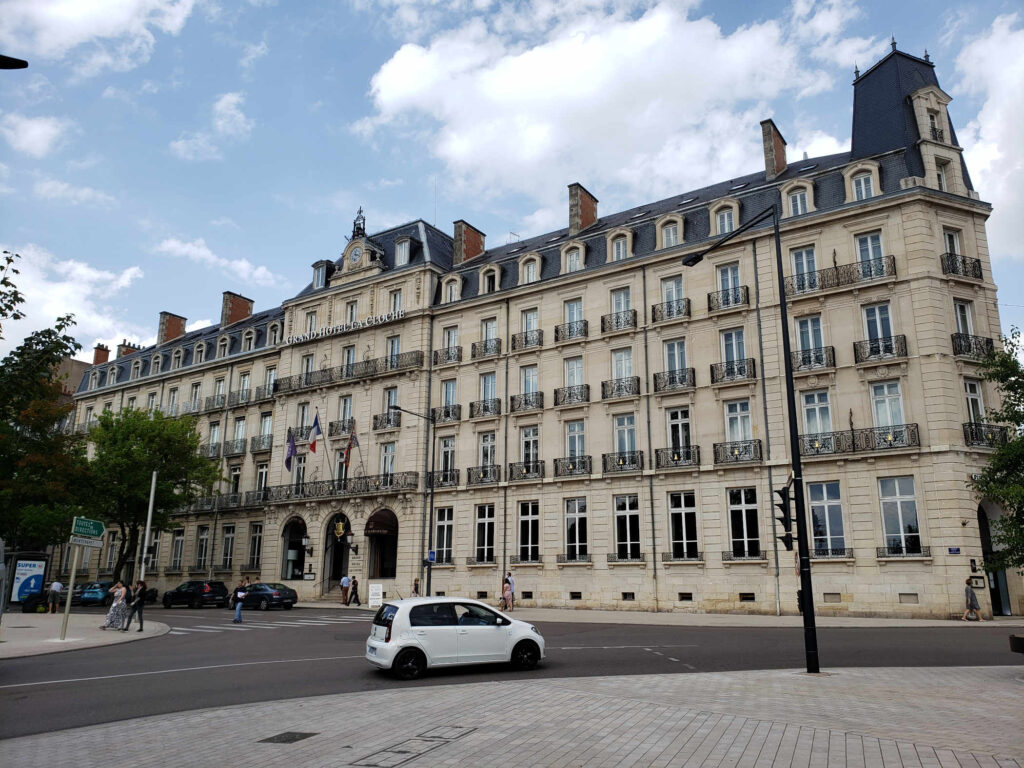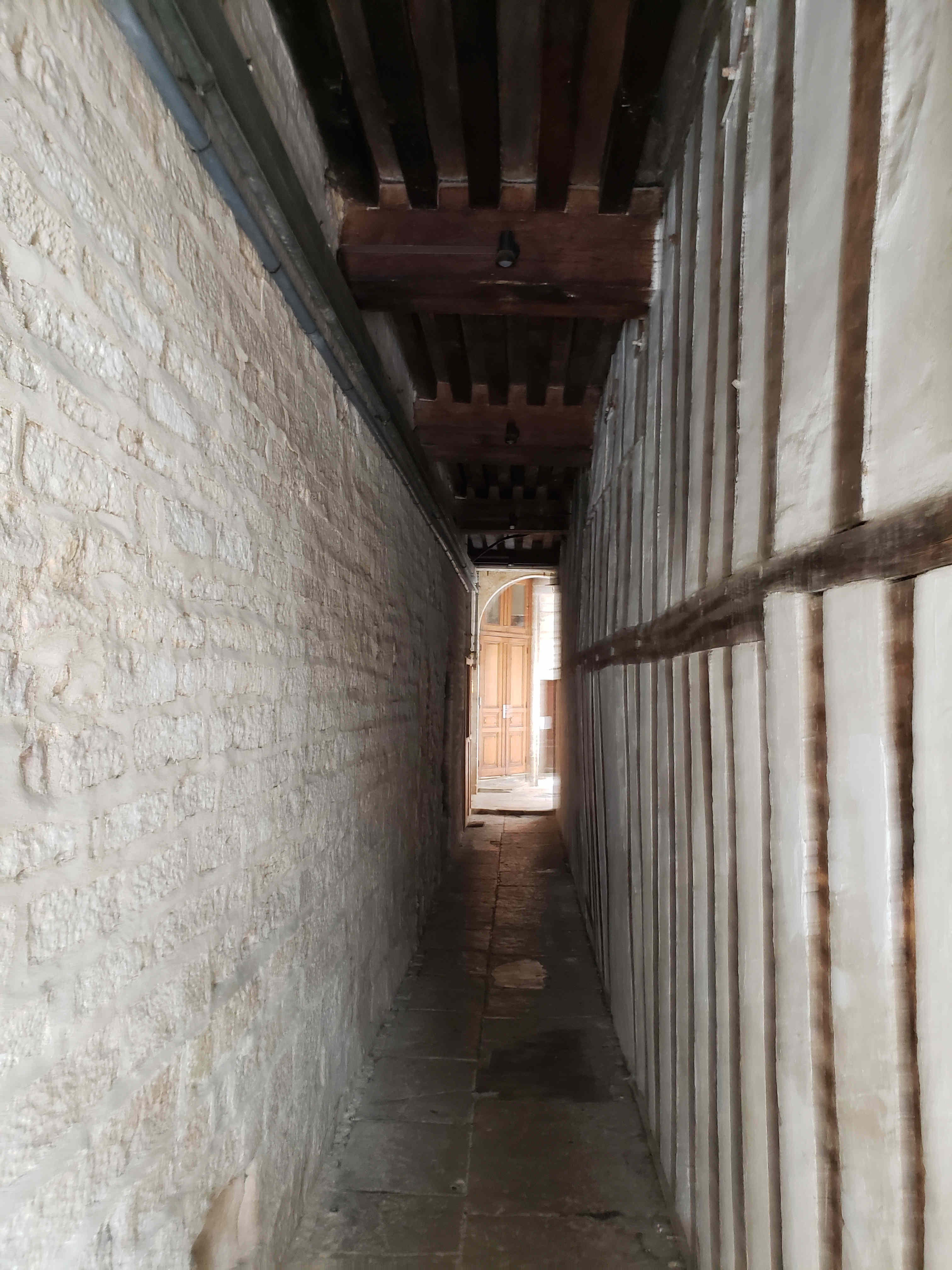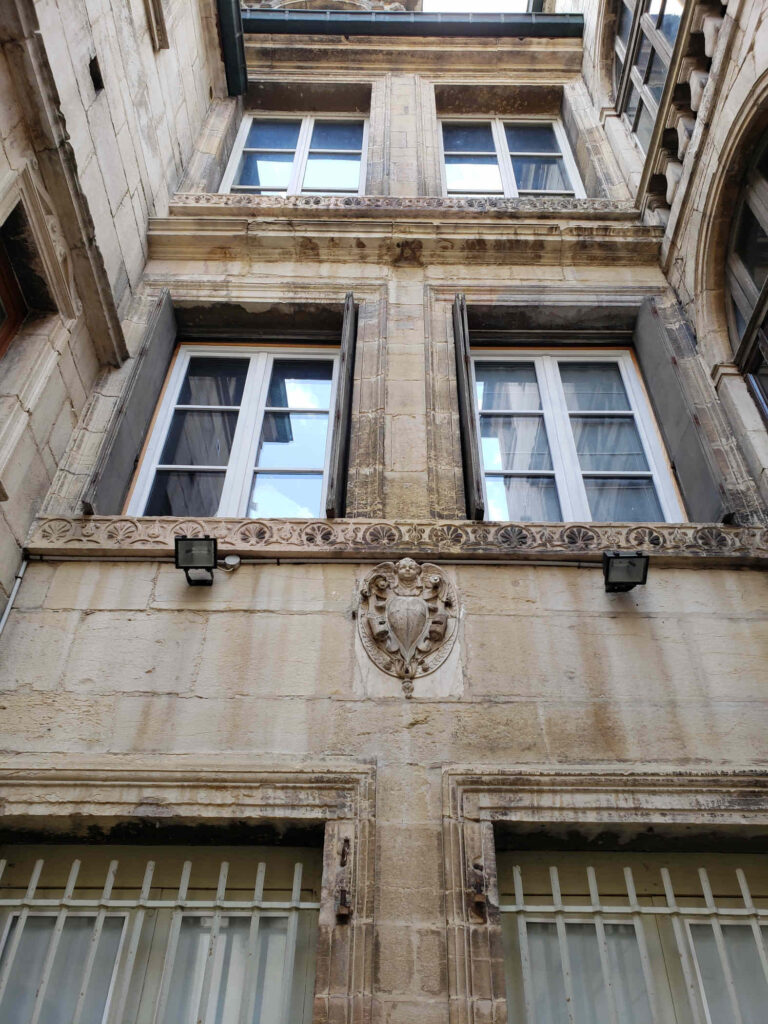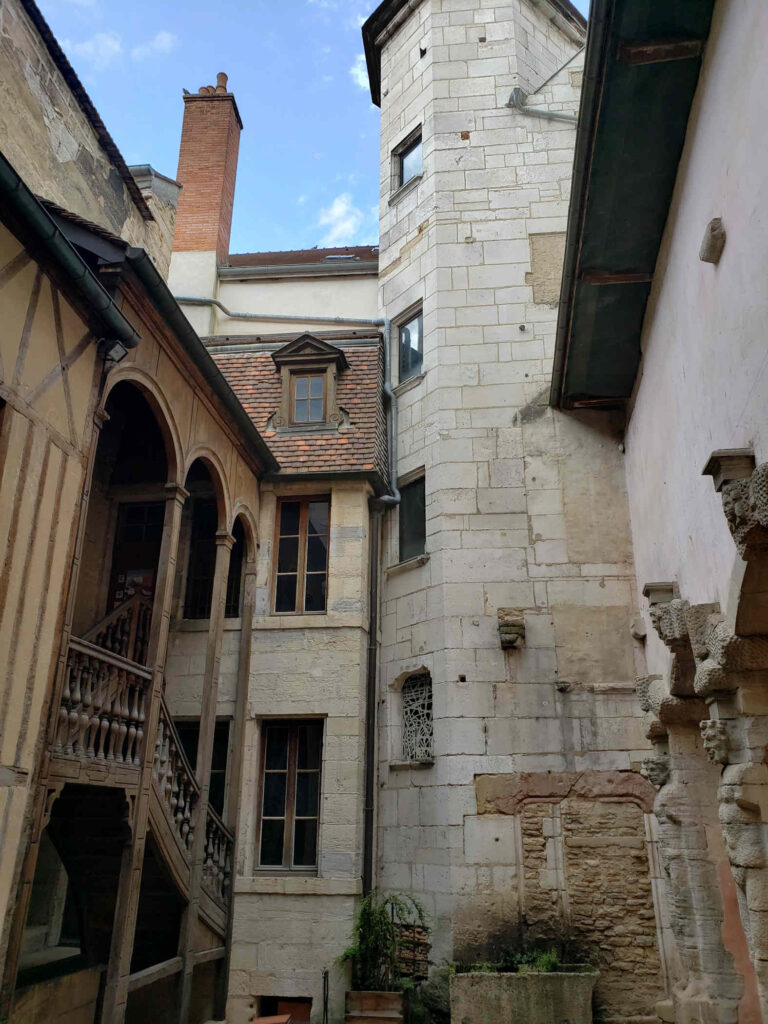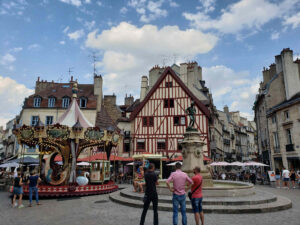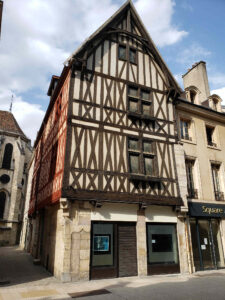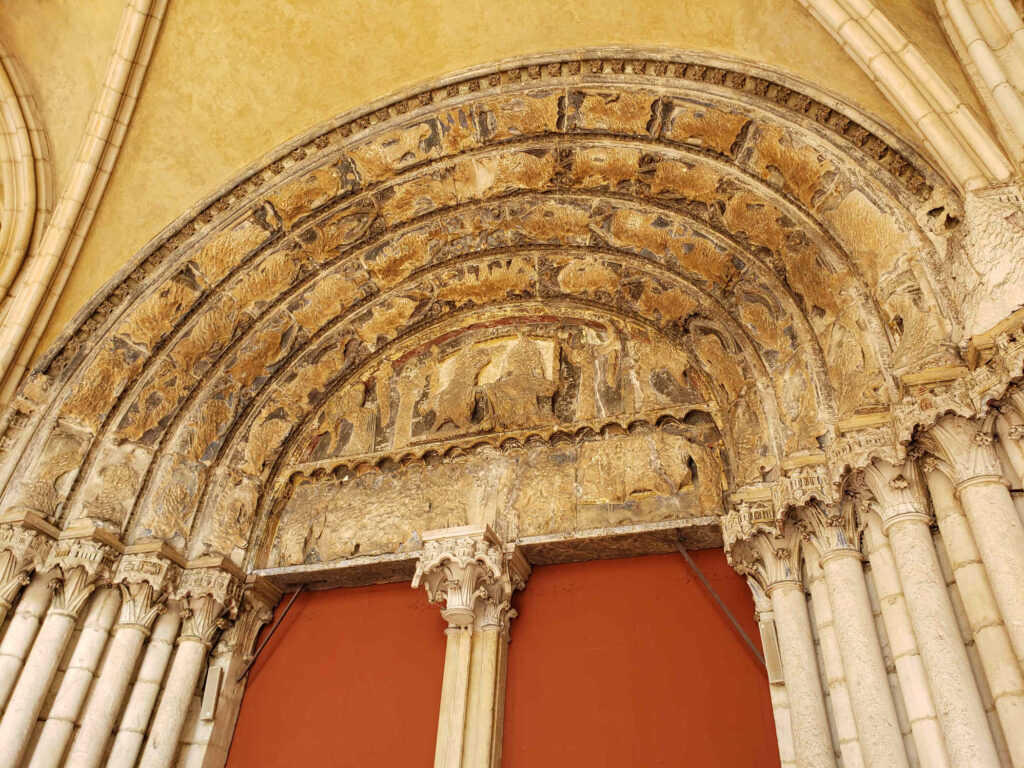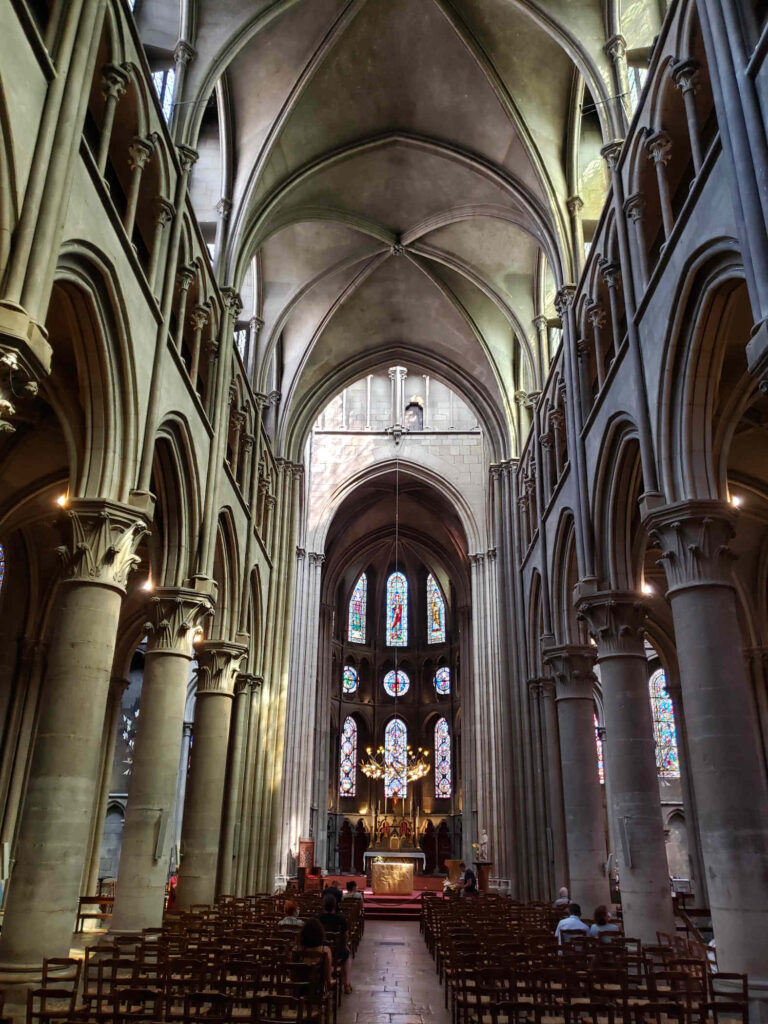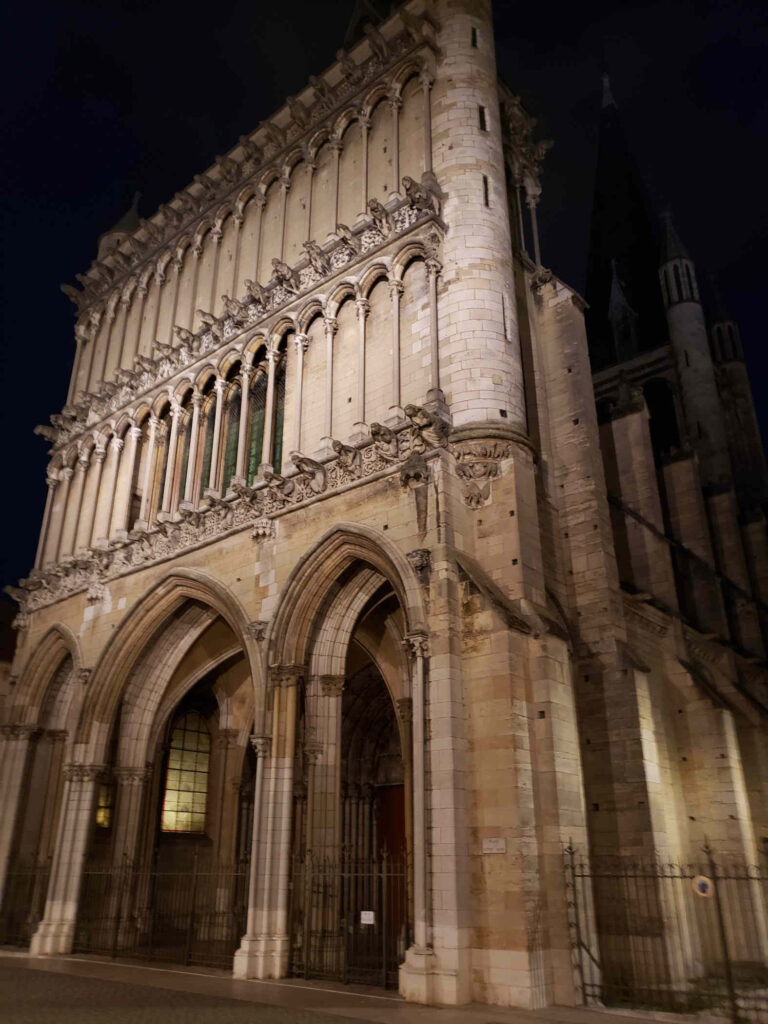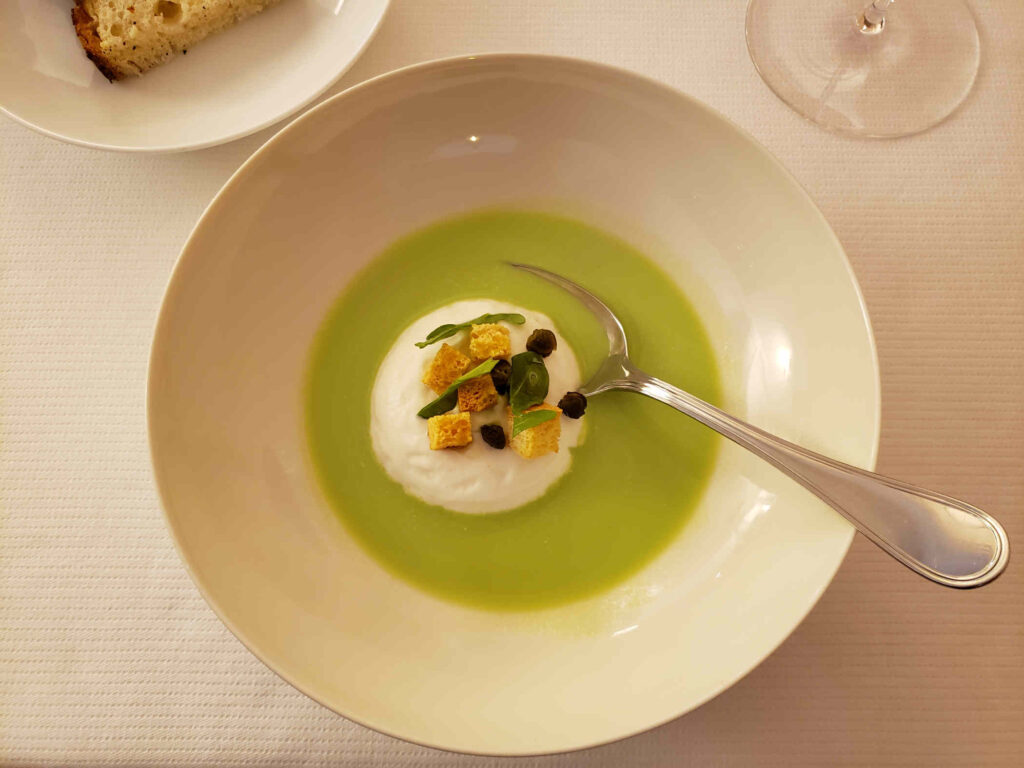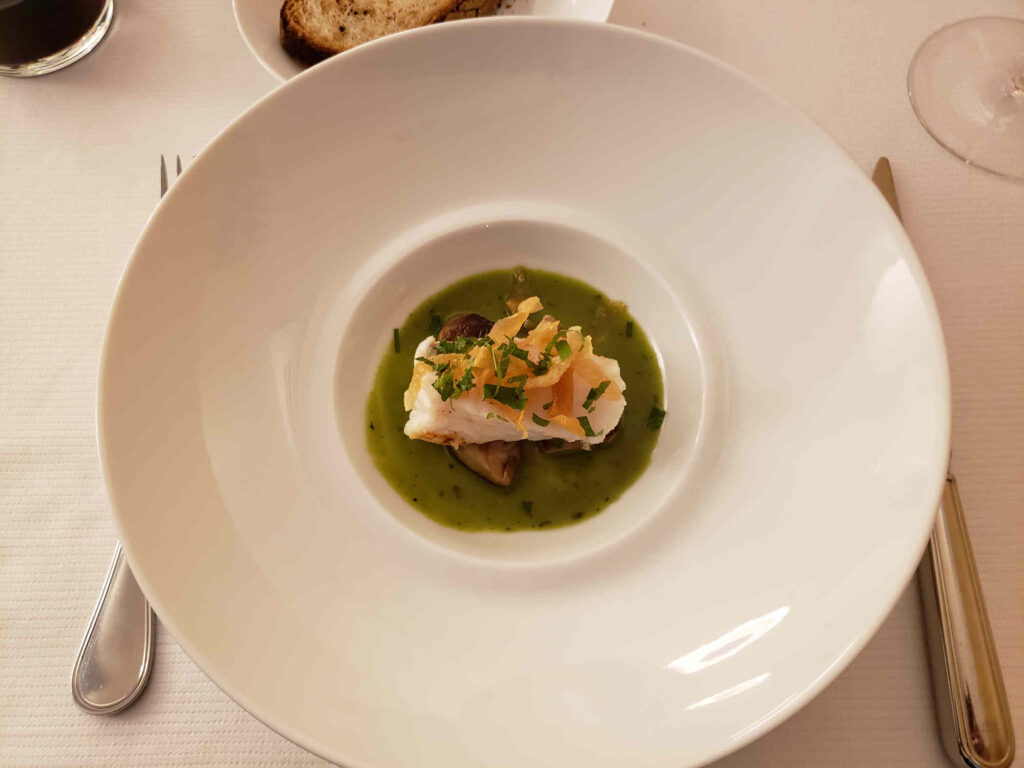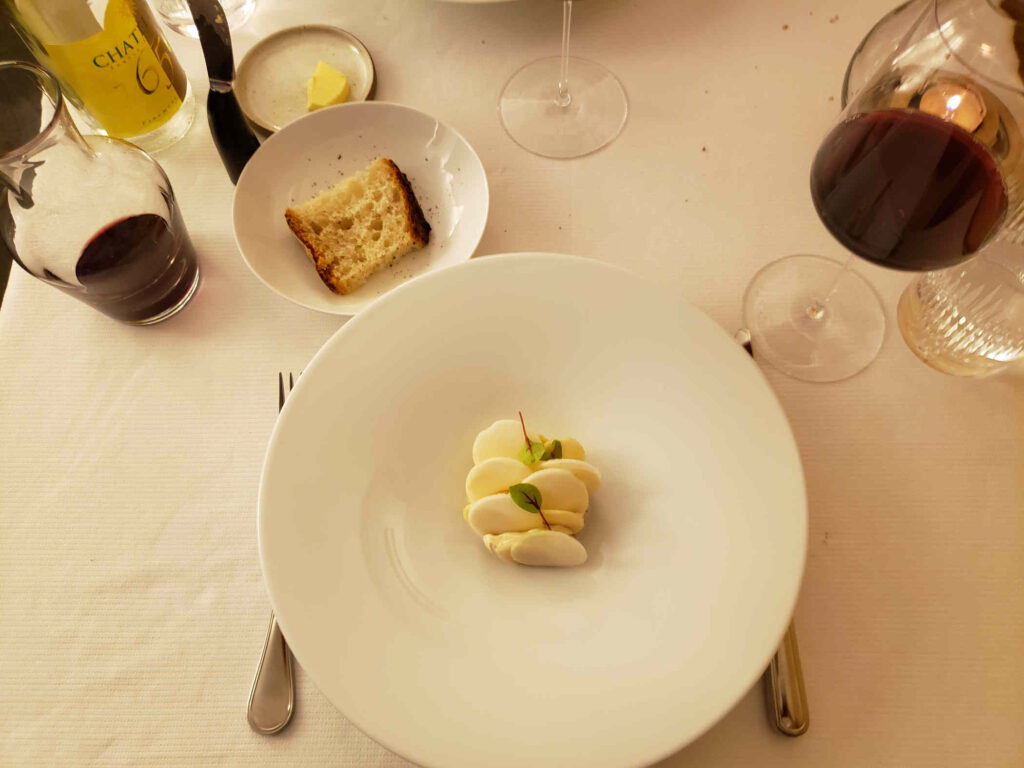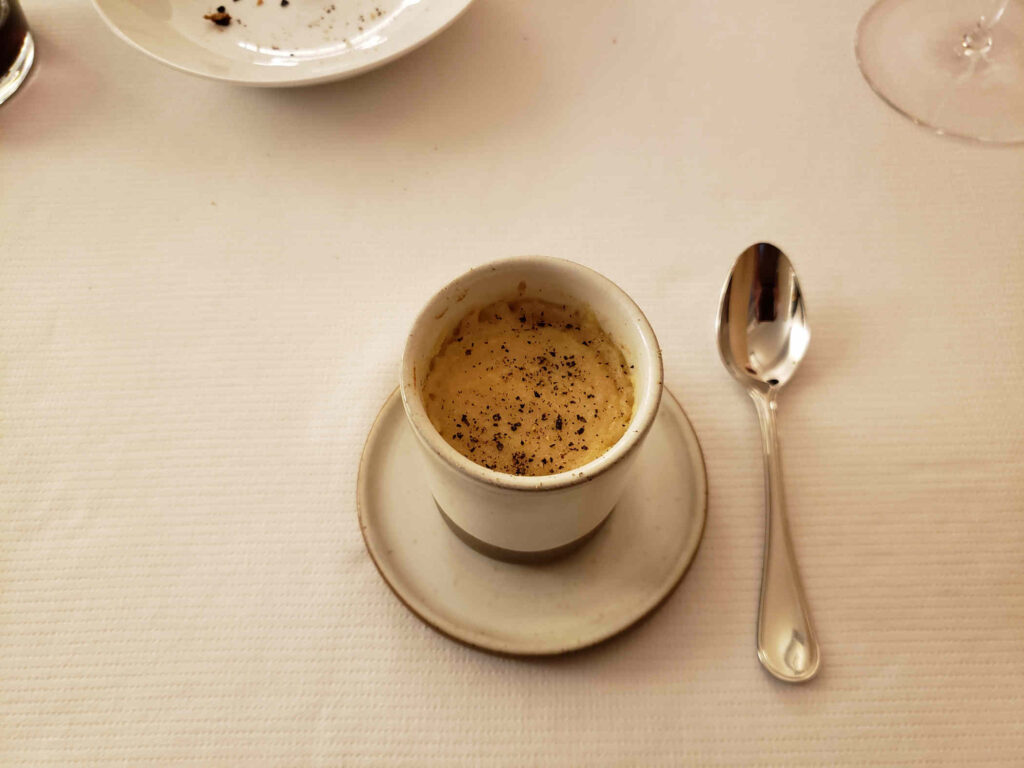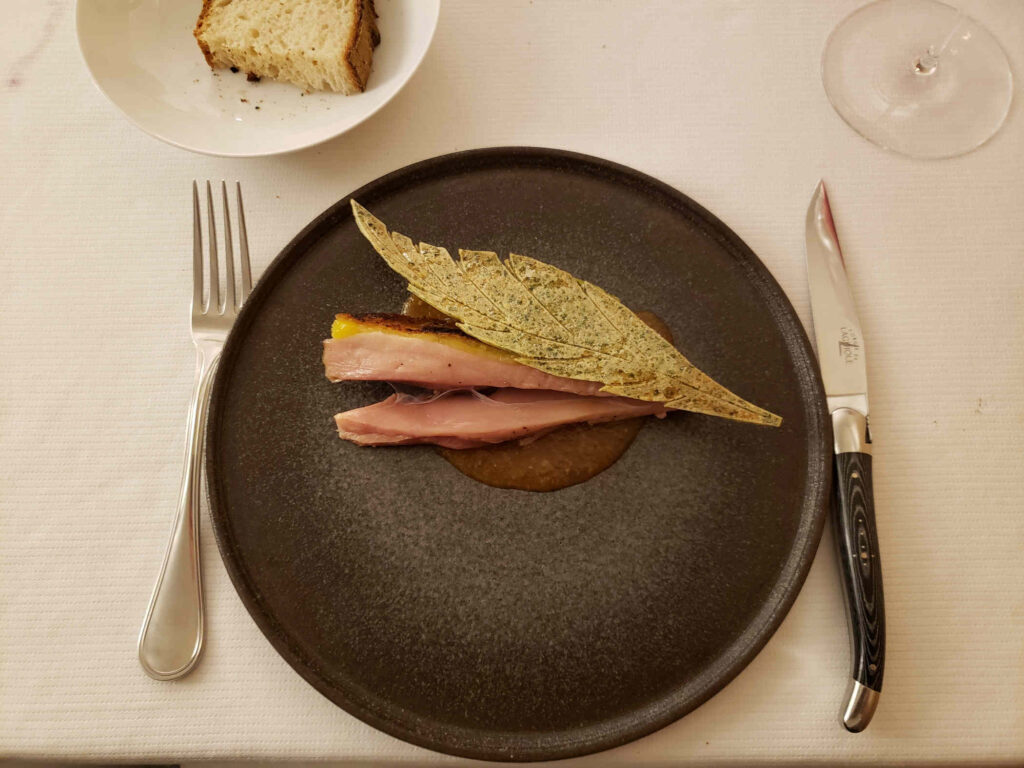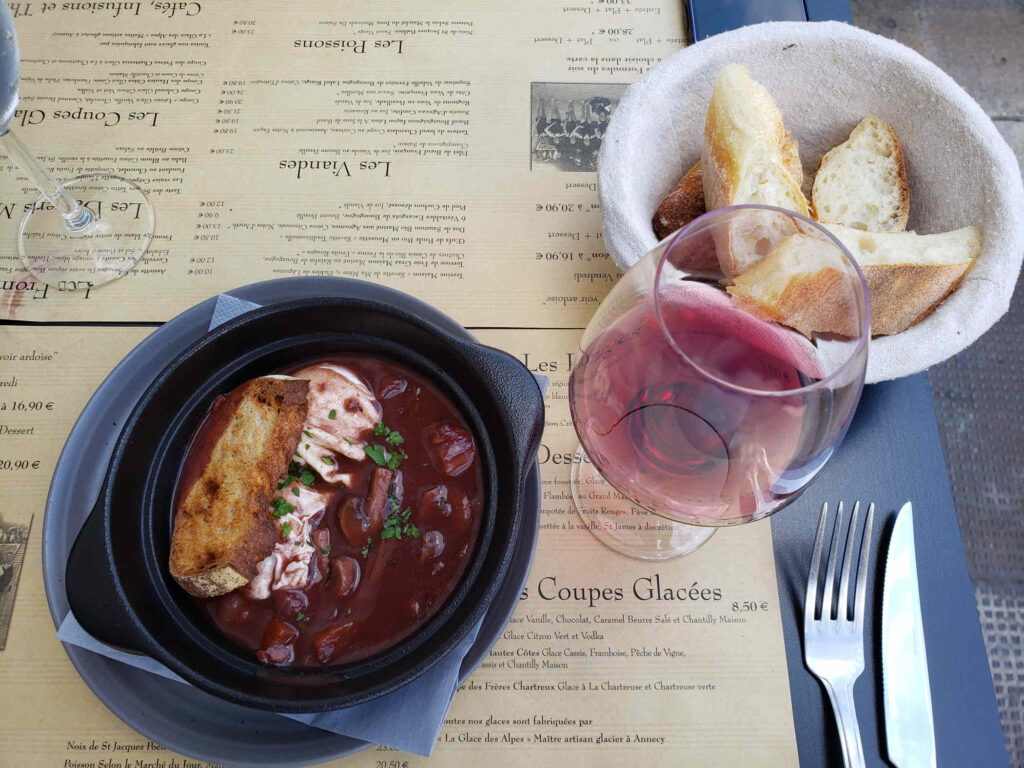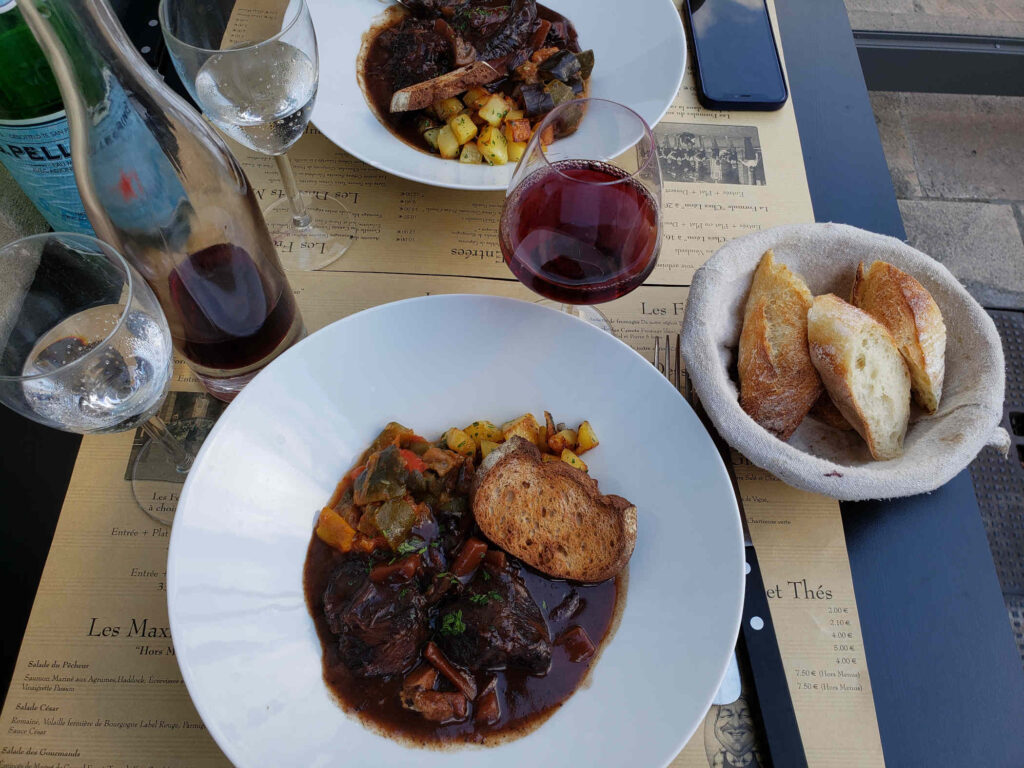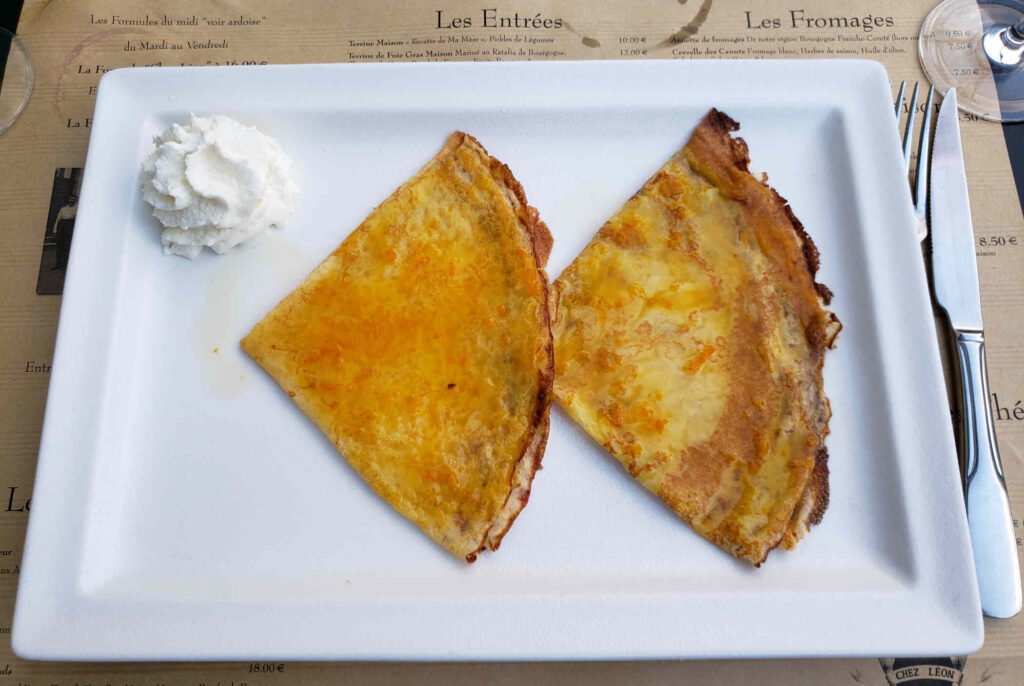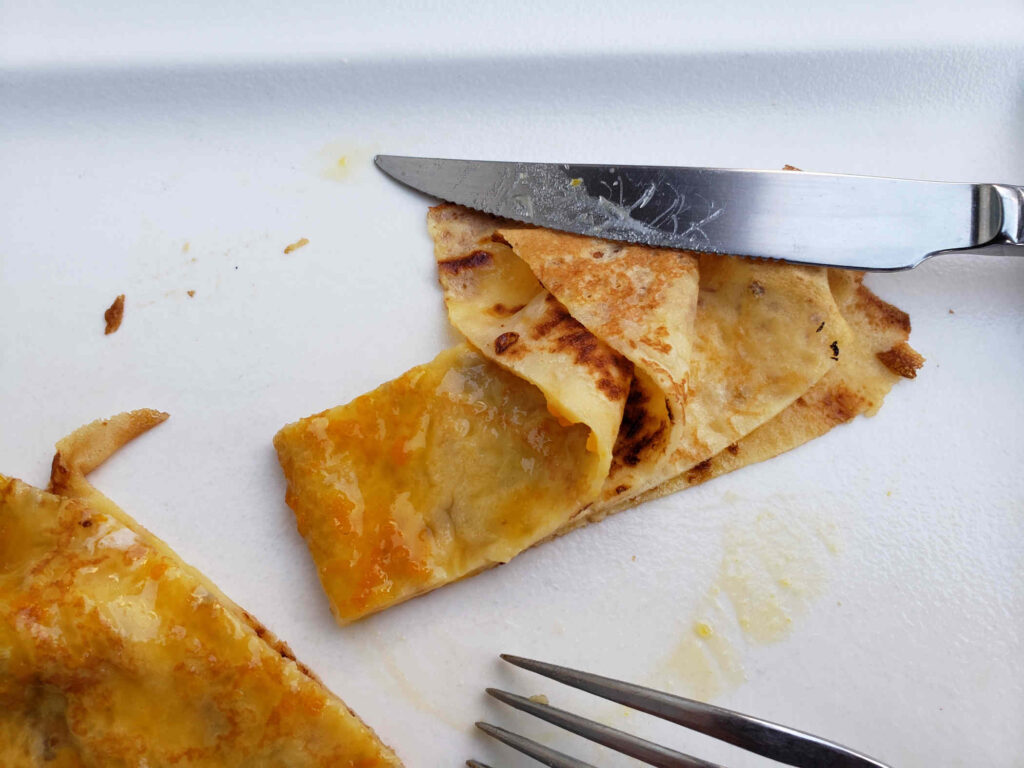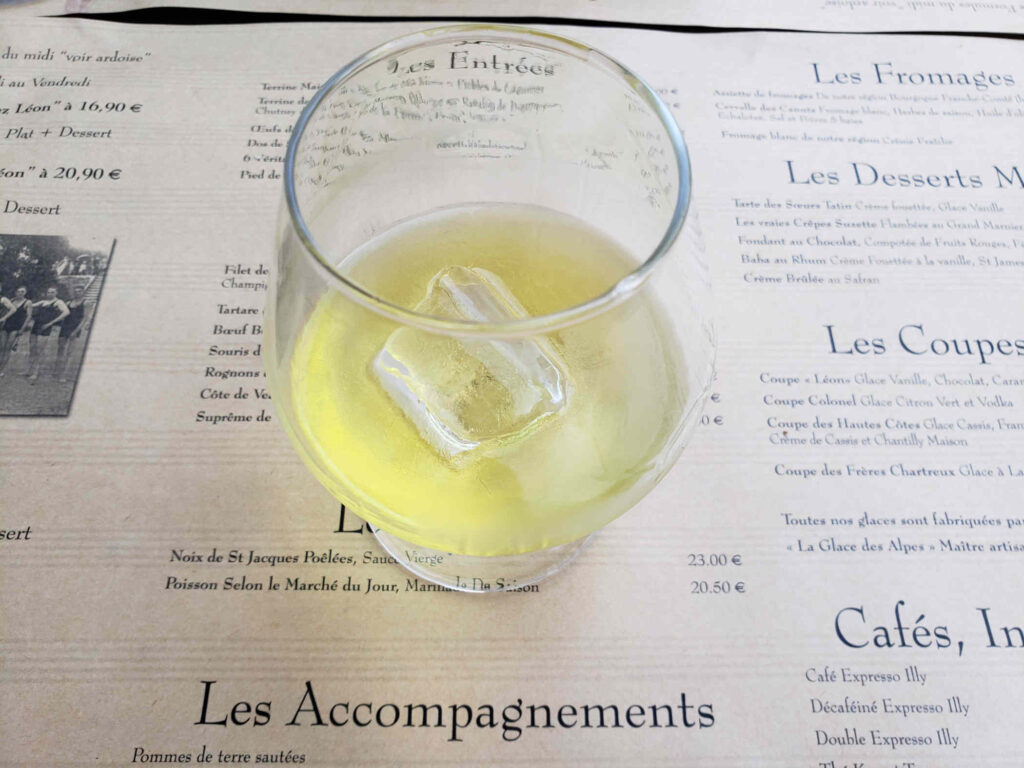Dijon’s claim to fame is the invention of its namesake mustard. Created in 1856 by one of its residence when he substituted the acidic juice of unripe grapes to his mustard mixture, instead of the customary vinegar. It has spawned many varieties and has a world renowned reputation for one of the best mustard types.
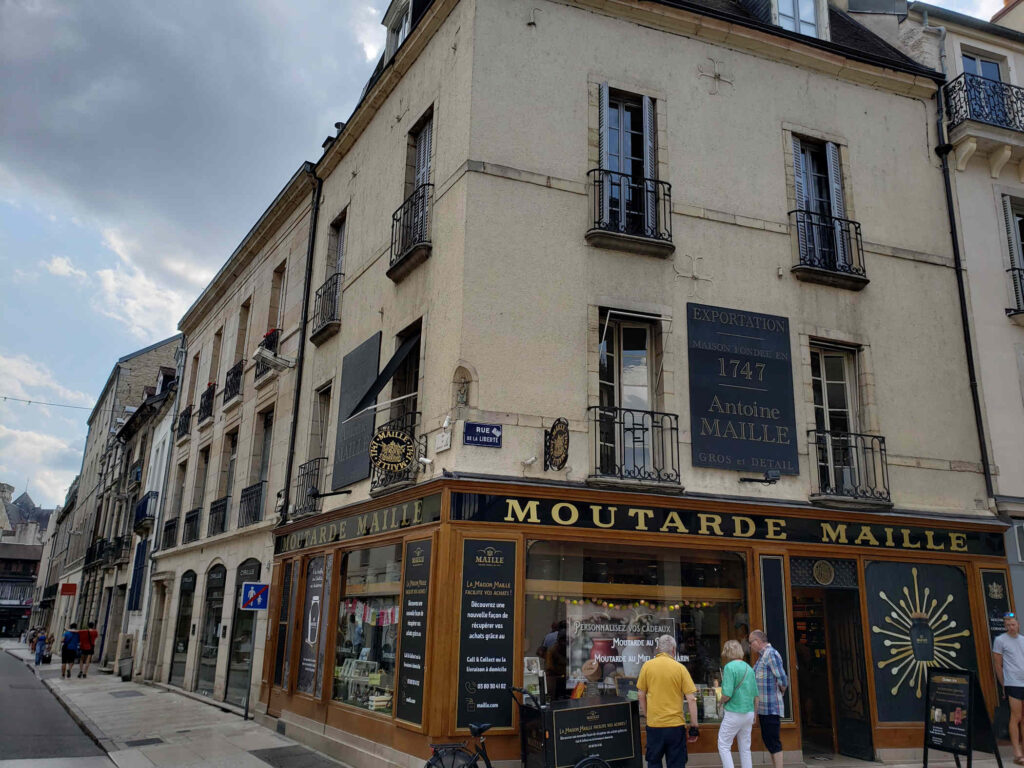
Dijon was actually a second thought, a chance detour in our travel itinerary. We had thought that aside from mustard, there was actually nothing of interest or note in this city. I have to say, for the record, we were both pleasantly surprised and would recommend this small city of about 160,000 over some of their more populated cousins we have already seen.
A note, perhaps a generalization, about the French people. They were extremely polite, genial and very attentive to us at all times. We never received any negative feedback when trying to get into restaurant or other venues, in fact they all seemed extremely helpful. However, we did find some of their hotel appliances to be most annoying and counter-intuitive. But as for the French themselves, they appear to be first rate, accommodating and very friendly.
Our Hotel
We stayed at the Grand Hotel Le Cloche, located on Avenue de la 1ère Armée Français, which is eminently close to the train station and the entrance to the old historic part of town.
This hotel has plenty of room and large bathrooms, which are uncommon generally in Europe. Our room had a nice view of the courtyard and small park inside the confines of the hotel.
The Historic Center Of Dijon
From our hotel the center of the old historic part of town was directly through the Arch or Porte Guillaume. The Park Darcy, directly across the avenue from our hotel is the starting point for a city sponsored Owl Trail. For three euros you can purchase a booklet that details and explains more than two dozen points of interest throughout the city.
Some points of interest are rather hidden from the casual observer and required either a keen eye or a brochure, like the one aforementioned, we found it a handy guide.
One such site was the House of Maillard, which contains a most unusual collection of stone figures carved into the wall. It also has a very old wooden staircase and a helical one in a very confined space. This place is reached by a very inconspicuous door which leads to a long, dimly lit hallway made of old wooden timber and stone. Definitely worth a visit.
The owl trail takes you past several noteworthy sights, including many buildings built in what Americans would recognize as Tudor-style or Fachwerk, is typically known as Timber-Framing. The following examples are easily found throughout the city and in some cases demonstrate the age of the buildings and the city itself.
And yet one of the strangest houses seen in Dijon appears below, owing to the flared roofing around several of its dormers.

Another characteristic of housing in this area is the roofing. Most of the materials here are reminiscent of the typical ones you would find in France, Germany and Italy. However, some are distinct for this area of Burgundy and are clad in a specific design and pattern specific to this region of France.
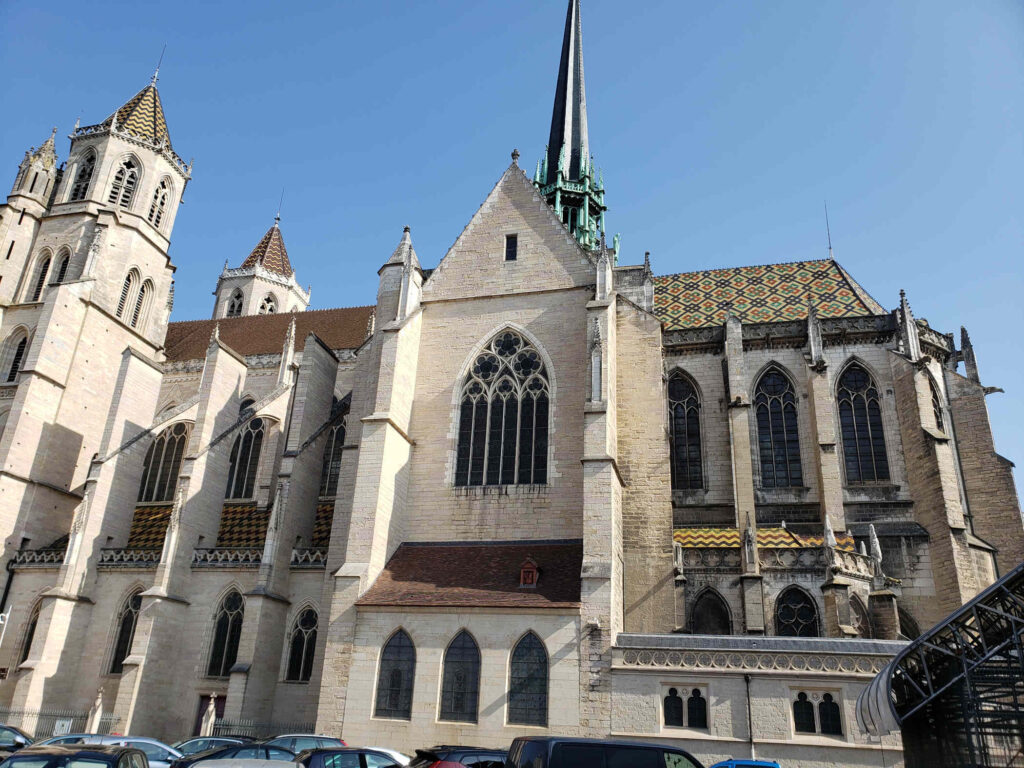
Most of these roofs have a distinctive yellow, green, brown – almost terracotta color and black. The patterns vary a bit, but seem to stick to a central weaved look from below.
Churches
There are again numerous churches in Dijon, all of which have their own interesting history. Obviously one has to have the name of Our Lady, or Notre-Dame, and it is situated on the Place Notre Dame of the main street Rue des Forges.
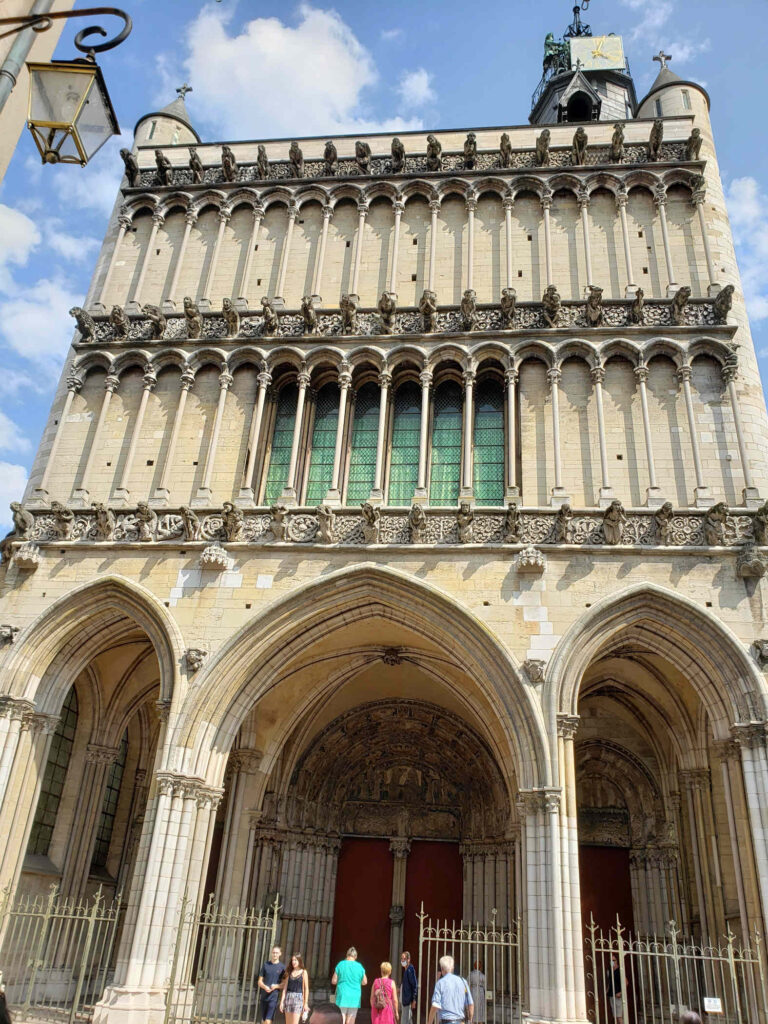
Built in the thirteenth century is an excellent example of Burgundian architecture. The facade sports a collection of gargoyles, all of which have a difference appearance and most likely meaning. They must have given the worshipers pause as they entered its archway, especially one can imagine when it was raining and some were spouting water from their mouths.
The front entrance shows enormous amount of wear and can only be attributed to poor quality stone that must have been used in some of its construction, or a deliberate act of destruction or vandalism.
Not actually a church anymore, the Church of Saint Anne of Dijon now houses a museum of sacred art that includes vestments, chalices and other historical religious artifacts.
Restaurants
We ate at a few very good restaurants in Dijon, one of which was an amazing learning experience, the other noted for its exceptional taste based on years of expectations (that is, french cooking and their meat).
L’Aspérule
A fine dining establishment run by a renowned chef Keigo Kimura and only opened in 2019, this restaurants has all anyone would want to eat. I would consider it a French-Asian Fusion restaurant, where the owner takes Asian liberties with known French classics, the results of which are astounding. We are not food critics, but all we could say when we left this restaurant was, WOW!
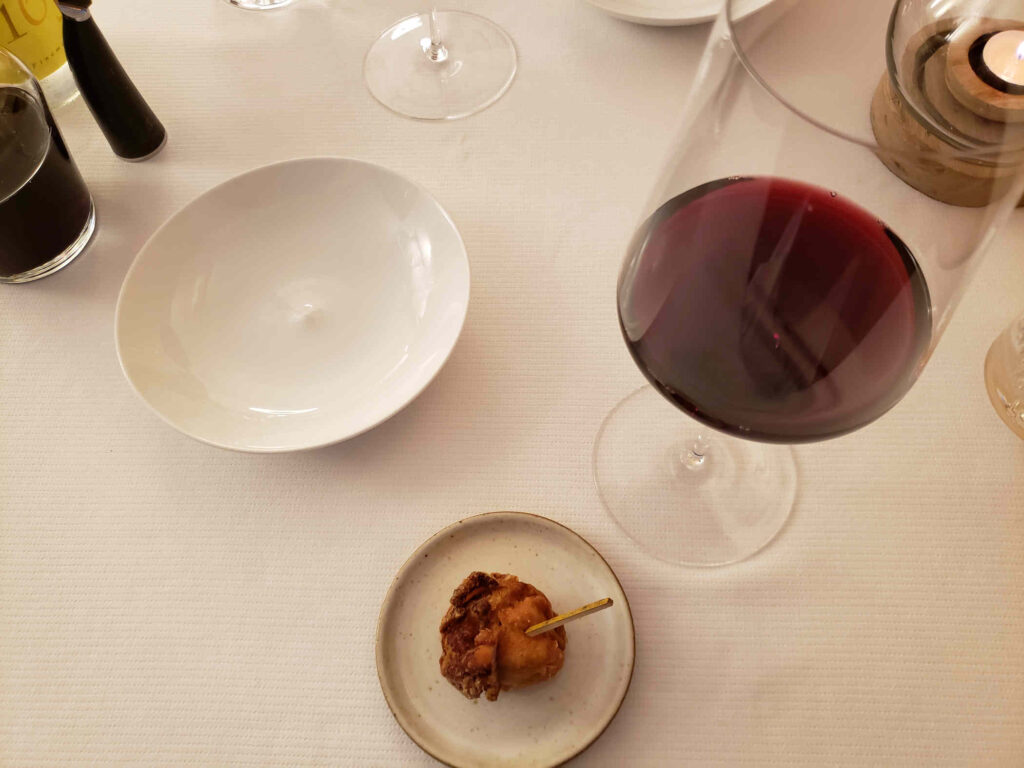
As expected with most fine establishments, seating was limited and inside, so it is necessary to get a reservation. We found ourselves lucky, in that they had one seating left the evening when we visited, so we jumped at the chance.
The menu promised either a flight off six or seven courses, starting with an appetizer and working our way up to two different ways to cook Guinea Fowl. The highlight of our meal was both the 2015 Gevry-Chambertin Red Wine and the Ground Guinea Fowl with Whipped Potatoes in Foie Gras Butter served in a cup. It gives me Guinea Fowl bumps just thinking about it again.
Chez Léon
Chez Léon offered a more relaxed atmosphere outside, during a rather warm evening. We were lucky to enjoy a breeze now and again and luckily the lack of any smokers nearby.
The food at this restaurant was traditional Burgundian which we had both wanted to sample before we left the area. Our chef did not disappoint, the menu was full of the expected entrees and some with which we were not yet familiar. I ordered a half-liter of the Givry Red Wine when we placed our orders for the Beef Bourgogne that was one the menu. I upped the ante a bit but ordering an appetizer that used the same sauce as our main entree, but also contained two soft boiled eggs, a specialty they call Oeufs de Poul Bio en Meurette, Recette Traditionnelle.
In Conclusion
Visiting Dijon was a real treat, one we had not expected. Given its many appealing qualities, especially its food, we would recommend it to anyone.


